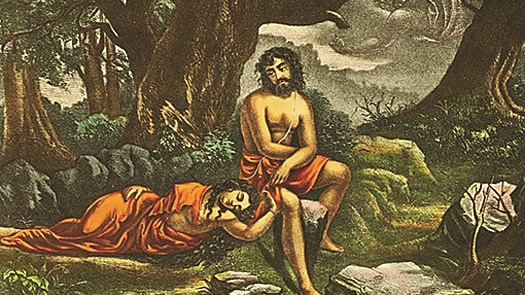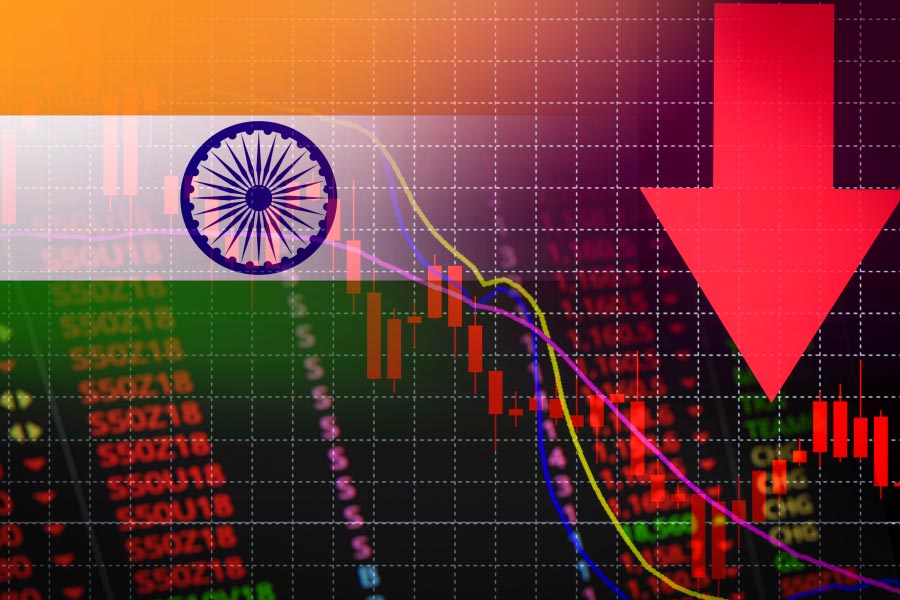Lithography and, in turn, calendars were instrumental in democratizing art in India. Until the introduction of mechanical printing, pictorial art was the exclusive domain of the rich. Raja Ravi Varma, known as the father of Indian calendar art, set up his own printing press in Mumbai in 1894, churning out oleographs of his paintings, bringing images from Hindu mythology into the domestic space. Ironically, calendar art, once criticized for mass production and availability, has now become a collector’s item.
One such rare collection of lithographic illustrations from the Ramayana and the Mahabharata has been put together by the Calcutta Art Studio — set up way back in 1878, it is the oldest operation printing press in India — in the form of a calendar: The Epic Collection. The images bear witness to the blending of a tradition of stylized Indian iconography with the modelled figures and natural gestures of British academicism. These prints seem to have catered to diverse tastes, both religious and populist — so while Sita is placed in landscapes that represent miniature stylization, a luscious Damayanti lies next to Nala in a gesture enshrined in the lexicon of the Indian arts through sculpture.











